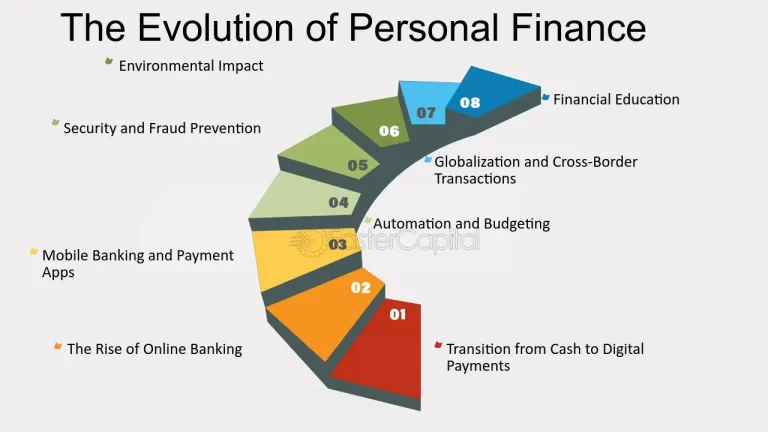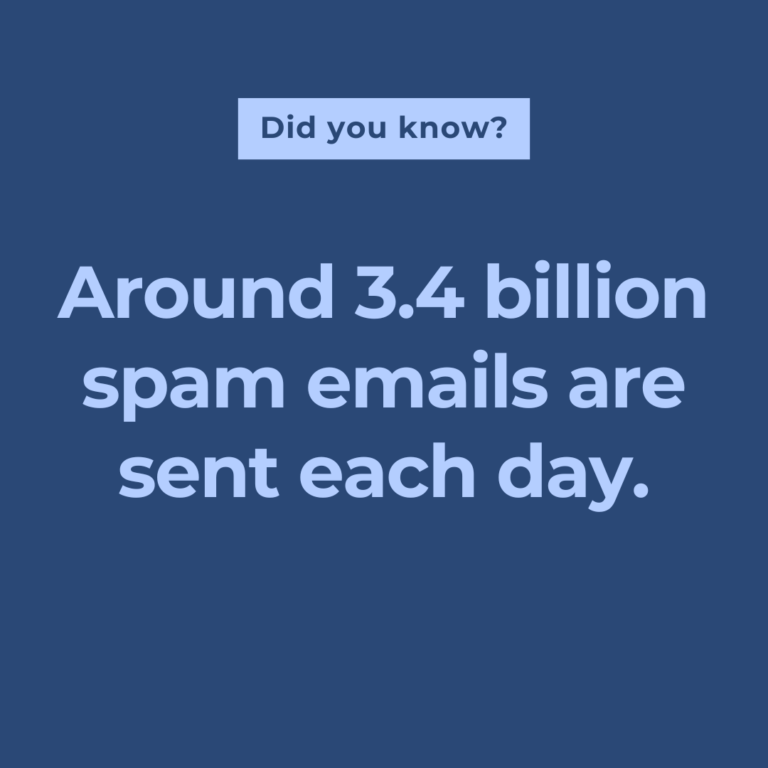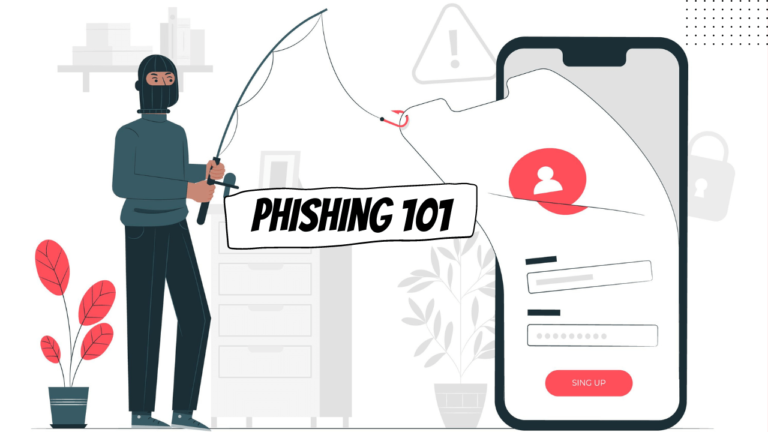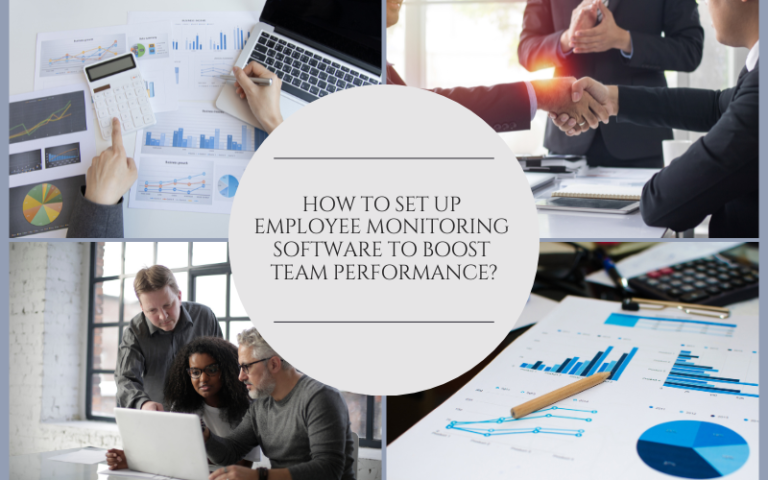Eric and acrylic keychains have been among the most admired accessories and merchandise of the present time due to its durable, usefulness and, of course, bright colors that can be produced in this thing. They’re a great way to have some character when attaching to key rings, bags, or even a working desk. However, it is people’s responsibility to maintain them in the best state as that of new ones. Below, you will find all the information necessary to clean and take care of your acrylic keychain so they will serve you as long as possible.
1. Getting to Know Acrylic Keychains
Acrylic key chains are made from a plastic called polymethyl methacrylate (PMMA) It is a light and clear material is generally referred to as acrylic or plastic glass. This material is widely used for keychains mainly because it is clear to show the printed designs or images brightly. Nonetheless, this is like any other plastic and is prone to scratched, faded and damaged if not given proper care.
So if you knew the advantages and limitations of the material you can take measures to prevent your acrylic keychains from getting damaged and remain bright and appealing as long as possible.
2. How to clean your acrylic keychain
In addition, there is no better way of ensuring that your acrylic keychain looks as fresh as when it was bought than to clean it. Here’s how to do it:
Step-by-Step Cleaning Process
Gather Your Supplies:
- A soft microfiber cloth
- Mild dish soap
- Warm water
Optional: cotton buds for earmuffs, crevices, corner of the mouth, back of the knee.
Prepare the Cleaning Solution:
In a basin or sink wash bowl fill warm water and add a few drops of mild non abrasive dish washing soap. There’s little point in rubbing anything vigorously against the frame, as the acrylic may be scratched or the printed design removed in the process.
Gently Wipe the Keychain:
Soak the microfiber cloth in s water with gentle applying on the outer surface of the keychain. Do not forget to rinse both surfaces and washers’ edges because dust and dirt will be trapped here.
Rinse and Dry:
With clean water, wash the remaining soap on the material and remove it with a wipe. Wipe the keychain with another clean and dry microfiber material when you are through.
Use Cotton Swabs for Detailed Areas:
- If your keychain has small details that you think can be easily missed, you should use a cotton swab to clean them.
- Prevention Measures to Follow so as not to Make the Below Mistakes
Avoid Abrasive Cleaners: If one cleans with extreme force using strong solutions it is important one uses a gentle cleanser to avoid scratching the acrylic.
No Strong Solvents: It’s also adviseable not to clean acrylic keychains with acetone, alcohol or bleach; these chemicals will harm the material and leave it looking cloudy.
Use a Soft Cloth: To remove dust without scratching the appliance and placing a microfiber cloth also stops the formation of scratches hence keeping the acrylic surface smooth to the touch and shiny.
3. Preventing Your Acrylic Keychain from Scratching
Although acrylic keychains are an excellent choice for creating promotional and personalized key chains, they can get scratches easily if the keys are ill-used or stored unproperly. Here are a few ways to protect them:
Use a Soft Bag or Cover
To protect your keychain against abrasion by keys or coins which you are likely to keep in your pocket when not in use, it is advisable to store the device in small pouch or bag. Smaller cases meant for attaching to keys also exist and while they may not offer as much physical protection, they do help to somewhat protect the fidget spinners.
Store it Away from Other Keys
Scratch Resistance – Scratches are very much noticeable on acrylic – to mention a few, keys and metal items. If it is necessary, affix your acrylic keychain to a different keyring or loop if possible.
Apply a Clear Protective Film
The clear, adhesive covering films for acrylic products are out in the market, and they can work as a barrier; they take all the scratch impacts while the acrylic remains smooth. They are quite simple to use and can be disposed of once they produce signs that they want to be changed.
Be Mindful of Handling
It is advised not to put your keychain on the surfaces with abrasive material or keep it along with other keys in your pocket. Another way to avoid scratches at the handle area is by politely managing the keychain.
4. Avoiding UV Damage and Fading
This means that when acrylics are exposed to sunlight over a period they fade and also become brittle. The sun’s UV rays are one of the largest challenges to acrylic key chain specifically if it has printed artwork on it. Here’s how to protect your keychain from UV damage:
Do not expose your keychain to the direct sun; require holding it on the other side.
You should not use your acrylic keychain under direct sunlight for an extended period of time. If most often it is left inside your car, you should endeavor to place it in the glove or a place with shade.
Use UV-Protective Spray
Owing to the fact that acrylic is a sensitive material when it comes to UV radiation; there are sprays developed specifically for acrylic. To prevent damage to the printed graphic on the keychain the UV-protective spray can be applied thinly on the surface of the keychain. Also remember to adhere to a particular product type for the best results.
Rotate Keychains Regularly
If you have several of them, it would be ideal to swap between them to reduce on exposure to direct UV light on one keychain. This can enable each keychain to retain their color and design for longer time duration than it would take under normal circumstances.
5. Measures to Avoid Bending and Breaking
Generally, acrylic is rather resistant but it is soluble with sharp impacts and bending forces. Here are a few tips to prevent damage:
Avoid Heavy Loads
Do not hang ponderous or massive accessories on the same key chain with the acrylic creation, since this will exert pressure which can result to cracks or warping on the creation.
Store Carefully
In other circumstances, it is best to keep your keychain as safe as possible of course from any hits. Indeed, chips or cracks might appear if you accidentally drop your keychain, and it falls on a hard surface.
Try Not to Let the Temperature Fluctuate
Another factor is that acrylic becomes rigid if subject to very high or low temperature conditions. Do not expose your keychain to extreme temperatures, heat or cold as this weakens the material making the keychain more fragile.
6. Polishing to Restore Shine
If the laser engraved acrylic keychain has faded or has a number of scratches then the shine of the keychain can be regained by polishing it lightly. Here’s how:
Polishing Process
Auto polish with related plastic or acrylic version can be purchased at almost any hardware store. Especially do not use general industrial polishes that may be too harsh on the surface.
Put just enough polish on a microfiber and wipe circular movements over the surface of the car.
Keep on rubbing until you notice the surface of the keychain as smooth and shiny as is possible. Remove any extra put on with another clean and dry cloth.
Alternative: Toothpaste Method
Plastic polish is useful to have on hand then again, a small amount of non-gel toothpaste can also be used to remove minor scratch marks. Use it sparingly because toothpaste is somewhat abrasive, similar to most whitening toothpastes in the market.
7. Chemicals That Should Not Be Used On An Acrylic Surface
Some chemicals have the potential to actually degrade acrylic making them brittle or foggy. Here’s a list of chemicals to avoid:
- Acetone: It is an ingredient, which can be found in nail polish remover and being a solvent for acrylic, it is good at dissolving the material.
- Ammonia: This action leads to formation of cloudiness and a weakened structure of the acrylic material.
- Bleach: This corrosive substance is rough on nearly every plastic type and can stain and decompose acrylic material.
For this reason, never apply any cleaning goods or aerosols on a keyring made of acrylic without first confirming what the product is made up of.
8. Storing Acrylic Keychains
In your day to day activities acrylic keychain may not be in use and this is where proper storage comes in to enhance its look and longevity. Here are some tips:
Use a Display Box
Acrylic key chains shouldn’t be left exposed or placed near another keychain as this will attract dust which should be avoided as much as possible the best thing you can do is to store it in a small display box to avoid dust or exposure to sunlight. Just in case these keychains are large, it is advisable to acquire display boxes having segmented divisions in order to accommodate them all.
Store in a Dry, Cool Place
Do not expose the acquired acrylic product to high humidity because this substance is capable of infiltrating through to the material of the acrylic. Refrigeration is also damaging for your keychains as well as high temperatures may cause warping or cracking so ensure you store your keychains in a room that has moderate temperatures.
Keep Away from Metal Objects
Storing acrylic keychains together with other metallic items results in scratching the item easily. It is best to keep them apart to be safe from one another’s harm.
9. How to Safely Manage Acrylic Keychains
But if you use your keychain often, particularly in harsh conditions, then they can quickly degrade. Here are some helpful practices:
Be Gentle
Do not swing your keychain around, or drop it on concrete or any other hard surface. Treat it with the right amount of care so that it does not crack, chip as well as wear out unnecessarily.
Avoid Exposure to Chemicals
This is because perfumes, lotions and other chemicalish substances are capable of eroding acrylic products. If you have your keychain on a bag or anything that might come into contact with such substances, it is wise to take it off for a while.
Conclusion
Acrylic keychains are an elegant, tough, and personalisable accessory but as our most valued possessions, they do need that special treatment to keep them in their best condition. To maintain their life span of the acrylic keychains and their vibrant colors you should clean them, avoid scratching their surface and keeping them away from direct UV light, and store them in the correct manner. With these tips in your pocket, your keychains should remain a true extension of your personality and taste well into middle age and, perhaps, beyond.






























